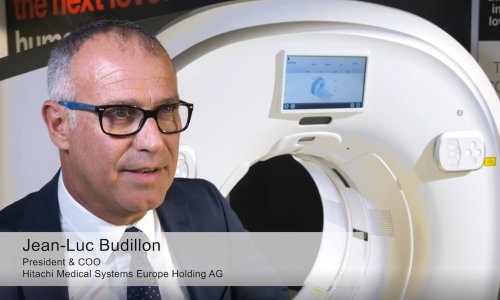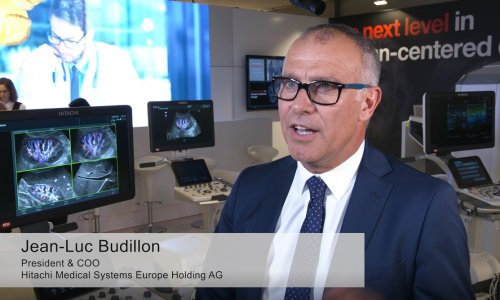Article • Mobility
Hitachi puts punch in portablility
When Ferdinando Draghi, M.D. speaks, the world of ultrasound listens carefully. The Editor-in-Chief of the Journal of Ultrasound, the author of 90 publications that have been cited in other peer-reviewed publications hundreds of times, Dr. Draghi is widely known for his authoritative knowledge in diseases affecting the musculoskeletal (MSK) system.
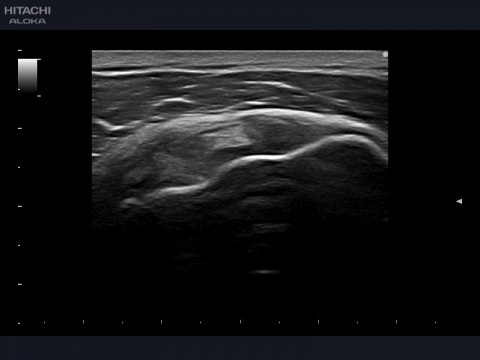
Thanks to the ongoing technological development of hardware and software, he recently wrote, ultrasound has acquired a leading position for the diagnosis of MSK conditions as it is inexpensive, non-invasive, easily available and dynamic. Sonography is also proving to be an excellent technique for guiding therapeutic procedures with an ability to monitor in real time interventional tools, such as needles and catheters.
He literally wrote the book that serves as a reference for Ultrasonography of the Upper Extremity. And over the past three years has published papers that share his experiences with ultrasound evaluations of lower extremities such as the knee and the ankle. Seeing and treating MSK disease is his main focus at the Fondazione IRCCS Policlinico San Matteo in Pavia, Italy, a university hospital of 1,000 beds where he is Director of the unit of ultrasound and diseases of digestive system of the Institute of Radiology.
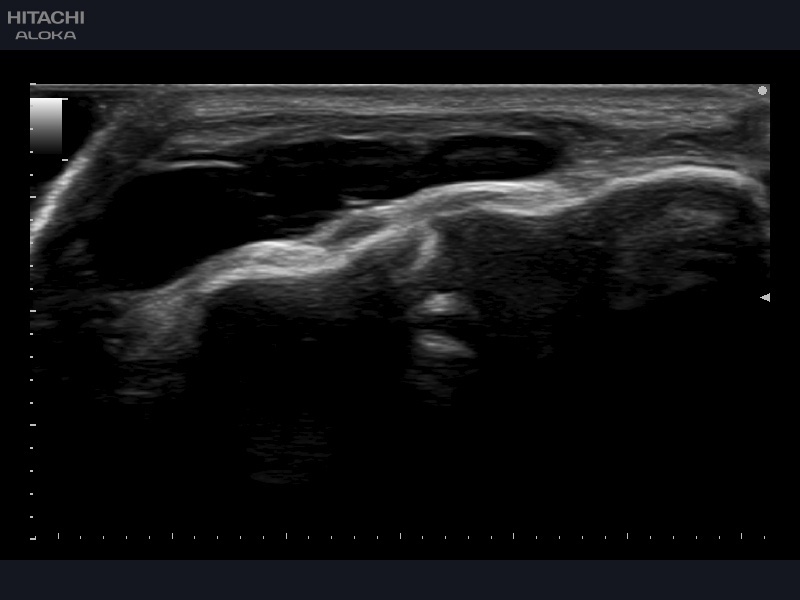
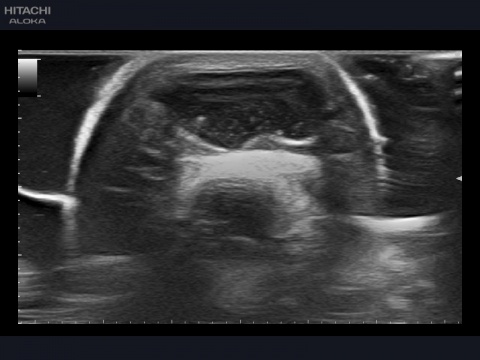
Ultrasound plays a highly important role in the study of tendons of the hands and wrists, he notes, as well as providing essential information of other structures including bones, cartilage and synovial membranes. Increasingly the enhanced power of high-end systems, such as platforms from Hitachi, are enabling studies of the nerves, vital for an evaluation of conditions such as Carpal Tunnel syndrome.
The ARIETTA Prologue system has become a workhorse at the IRCCS Policlinico, used in everyday practice thanks to what Dr. Draghi called it “great manageability, particularly thanks to the advantage of working with the detachable monitor.” “The ARIETTA Prologue can be handled like a tablet or a smartphone, something especially attractive for younger sonographers without posing any particular problems to us, older practitioners,” he said.
Functionalities can be managed using the detachable screen with a user interface on a touch screen that Dr. Draghi said he finds is easy and intuitive with an image quality equal to the cart-based ARIETTA systems used by the Institute of Radiology.
Designed to bring high-end capabilities to the frontline of healthcare, Hitachi refined the technology behind its ARIETTA line of ultrasound platforms to give the ARIETTA Prologue a compact design that makes it highly mobile with a wireless connection between the base unit and the detachable monitor without any deterioration of image quality and delay. “Certainly the small size and easy handling make this equipment particularly suitable for bedside examinations that become easier and faster,” he said.


Dr. Draghi said that with the high image quality, along with the compact and portable design, he now brings the ARIETTA Prologue with him into the operating suite for ultrasound-guided interventional procedures. “We use it in everyday practice but especially for ultrasound-guided therapy of the musculoskeletal system,” he explained. “We normally use the 18Mhz probe that helps us to get a very good image quality and the Needle Emphasis (NE) function to enhance visualization of the needle, increasing the safety for the patient and the accuracy of the procedure.”
Profile:
Ferdinando Draghi, M.D., is a leading member of the Società Italiana di Ultrasonologia in Medicina e Biologia (SIUMB) and leads the society’s study group on Musculoskeletal Sonography. A featured speaker at international congresses, he is a prolific author of scientific papers and serves as the editor of the SIUMB’s Journal of Ultrasound since 2010. He is also an adjunct professor at the School of Radiology Technologists and of Orthopedic Technologists of the University of Pavia and director of the simple unit of ultrasound and diseases of digestive system of the Institute of Radiology, IRCCS Policlinico S. Matteo, Pavia.
16.09.2016




